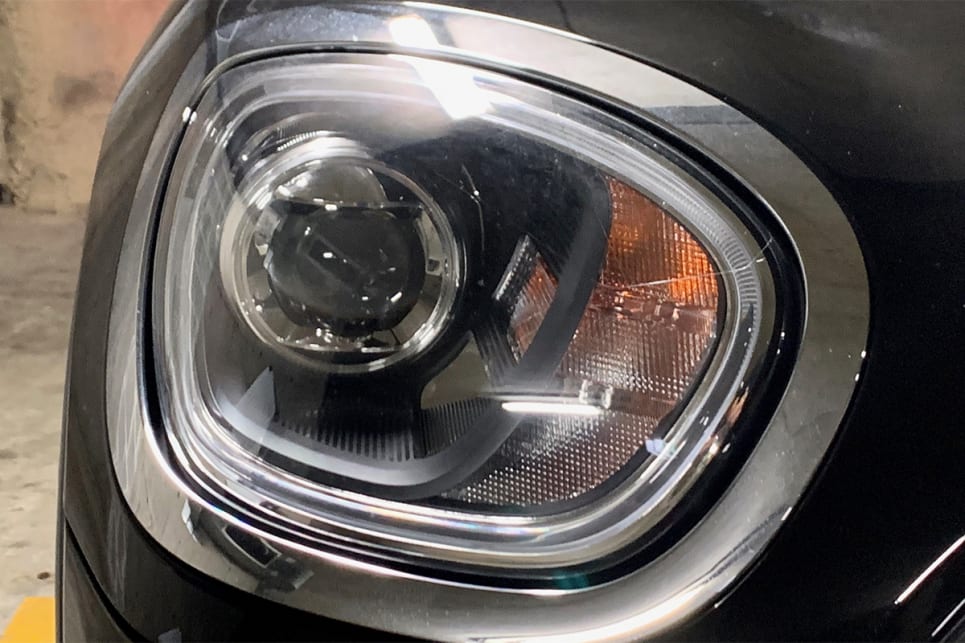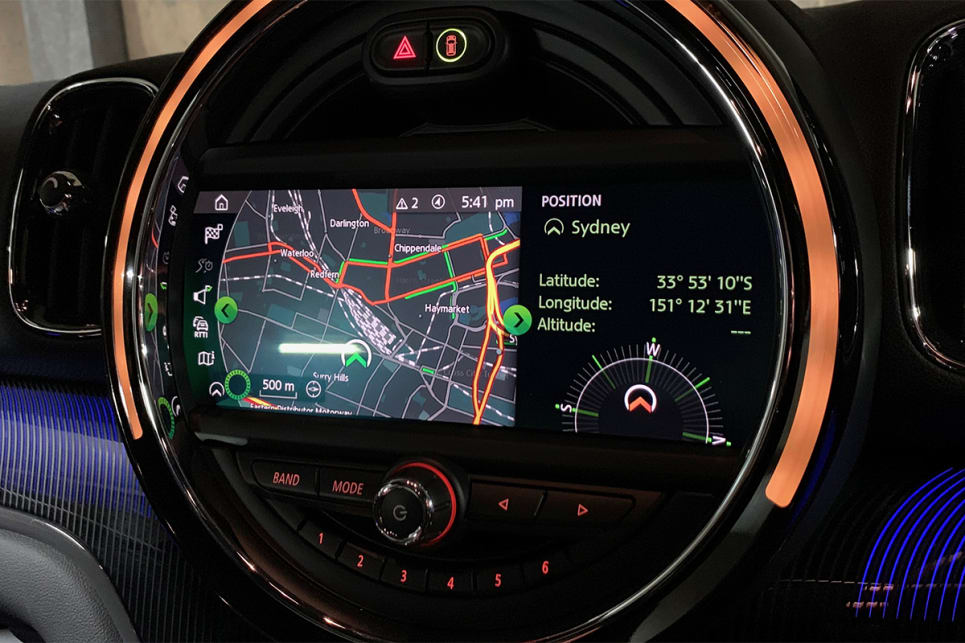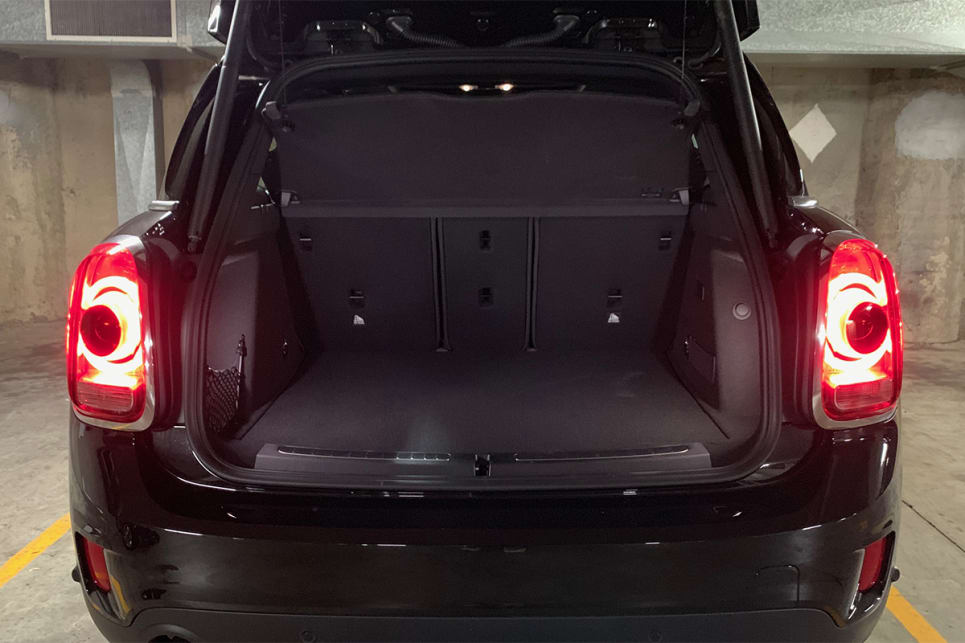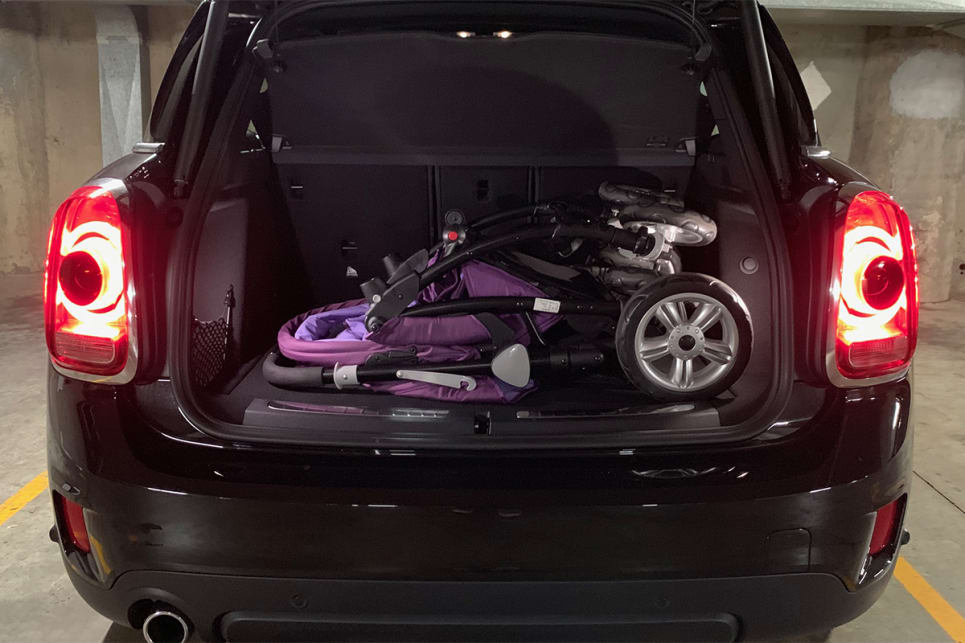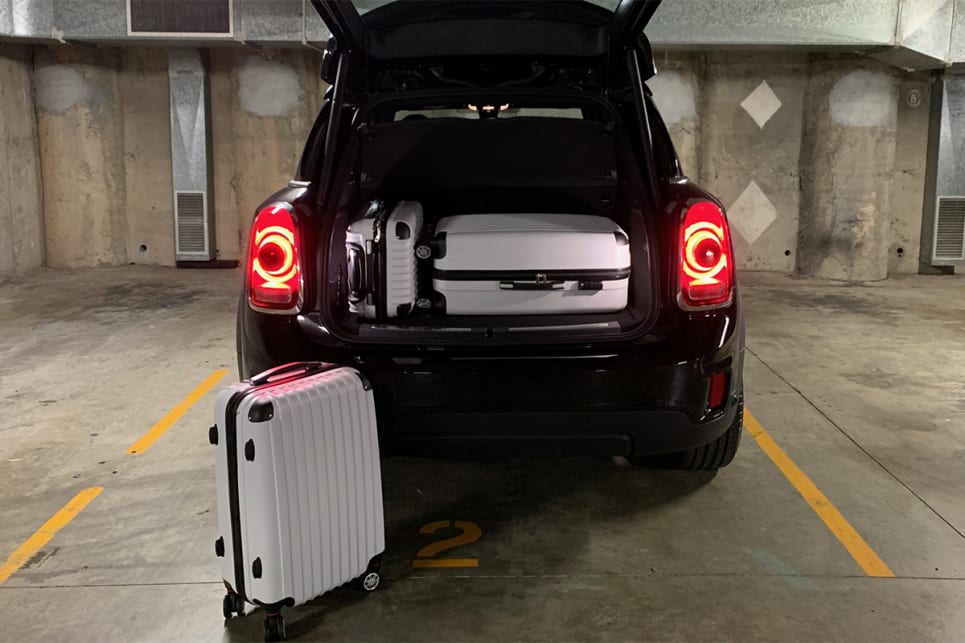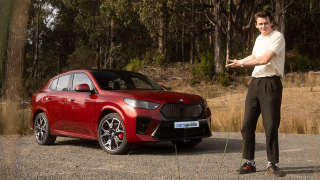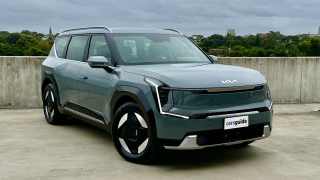It’s a small SUV that’s big on tech and also has a big price tag to reflect that.
The Countryman Hybrid sits second from the top of the small SUV’s model ranks, with a list price of $57,200 plus on-road costs. That’s pricey for a Mini, but decent for a plug-in hybrid from a premium brand.
The price reflects the amount of standard equipment you get, too.
It has standard automatic LED headlights, auto rain-sensing wipers, an 8.8-inch touchscreen multimedia system with six speakers plus wireless Apple CarPlay and DAB+ digital radio, dual-zone climate control air conditioning, front and rear parking sensors with a reversing camera, an electric tailgate with kick sensor, keyless entry and push-button start, adaptive cruise control with stop-and-go functionality, and 18-inch alloy wheels with run-flat tyres (no spare wheel).
You also get standard roof rails, a leather steering wheel, fake leather trim and 40:20:40 rear split-fold seats - but there’s a difference between this variant and the other Countryman models. We’ll get to that in the interior section below.
Our car had a few additional options, including a dual pane sunroof (like a panoramic sunroof, but with a gap across the body where the B-pillars are).
Some may question it scoring 8/10 for its price and spec - and yeah, you could get a Mitsubishi Outlander PHEV for a bit less (from $45,990) - but you’re getting some pretty neat tech from a primo, desirable brand for your money.




